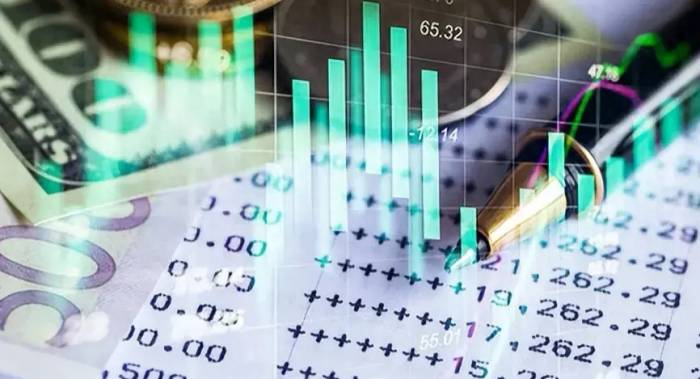In the trading market, the vast majority of traders have had such a doubt: Why can't high profits always be held? After finally getting a trend right, after a period of stable profit, it is found that the profits are quickly swallowed back, instantly returning to the pre-liberation era, and traders with unstable mentality are even more prone to heavy losses. For this trading mystery, many traders are puzzled!
The reason for the loss after profit is actually very simple. When a trader pays too much attention to his recent trading results, it will cause them to lose focus and perspective. Traders' emotions are easily affected by the impact of floating losses and profits, leading to a lack of objective and rational analysis of the market conditions. This is the fundamental reason why traders are prone to give back profits and even lose after high profits.
Usually, such traders will have the following several states after making a profit, which makes them unable to truly hold on to the profits:
The first type of trader: They always have a fluke mentality in the face of floating profits, thinking that there will be a bigger market later, but the result is often the backflow of profits or losses.
The second type of trader: They have done the right direction and set the stop profit, but the closer the market is to the stop profit point, the more nervous they are, eager for the market to stop profit immediately, and even afraid that the market will suddenly turn around, give up the stop profit, exit early with a small profit, and the result is to miss the high profit as soon as they exit.
Advertisement
The third type of trader: After continuous profits, they not only do not sleep better but often worry about waking up and returning to the starting point. This worry leads them to be unable to sleep at night, always checking their accounts repeatedly, and finally, they can't help but leave the market in advance.
How can we hold on to profits in trading?
1. Correctly view the gains and lossesThe greatest risk in trading actually comes from the trader themselves. Therefore, each trader must first control their own mentality, consciously reduce the emphasis on floating profits and losses, and face profits and losses calmly. Repeatedly emphasize to oneself in the heart that the floating profits and losses on the account are the most normal situations, it is just the process of trading, and what we pursue is the long-term result.
This seems simple, but those who have done trading know that it is not easy to do, and it requires long-term practical training. The longer the trader has been trading, the more accustomed they are to the ups and downs of the account funds, and their mentality is often more peaceful when facing floating profits and losses, so their profits will also be more stable.
2. Set reasonable expectations
The market situation is unpredictable, and the difficulty of "buying at the lowest point and selling at the highest point" is no less than finding a trading holy grail. When trading, set a reasonable expectation, which can not only make oneself have a realistic profit-taking position, but also obtain a reasonable return.
If the trader's expectations are too high and they are too eager for quick success, always pursuing the "top" or "bottom", it is easier to lose money. After experiencing it repeatedly, the trader's mentality will also change, starting to feel fear of profit or developing extreme bad psychology, and this psychology will often increase the risk of loss.
3. Limit the frequency of trading
In the market, traders must follow the order of first seeking survival and then development. Otherwise, blindly increasing the frequency of trading to obtain profits, even if high profits were obtained in the early stage of the market, it will be a vain effort. Because most of the time the market is in a state of consolidation or small trend, in this state, the success rate of any transaction is not high, or the profit and loss range is very unreasonable, profit is less than loss, and most of the time the transaction ends with a loss.
At this time, it is necessary to formulate a trading plan, limit the frequency of trading, for example, limit to five times a month, then each time a transaction is made, an opportunity will be lost, and the trader will be more cautious. This can avoid the transaction being too interfered by emotions, such as arbitrariness, impulsiveness, blindness and other bad operational motives.
4. Review the transactionMany traders, after obtaining substantial profits, are prone to develop an inflated mentality, which they carry into the next trade. Suppose you have an account of $10,000, and you have just exited a trade with a profit of 10%, then the account balance would be $11,000. Based on the increased confidence from the previous trade, traders are more willing to take on more risks. In other words, you have not yet accepted the $1,000 as part of the new account balance, let alone included it in risk management. With this mentality, you will immediately start a new trade, which may lead to the loss of profits.

In fact, traders can often review past trades, summarize some experiences and lessons from profitable or unprofitable trades, and maintain a stable emotional state. They can also take a break from trading for a period of time, which depends on the individual, it could be as short as a day or as long as a week, or even two weeks. In summary, try to avoid making new trades immediately after a big win.
Comment